Experts have proven that the structure of the Earth's satellite is similar to itself
The study showed that the inner core of the Moon is actually a solid ball with the density of iron. Scientists hope this will help resolve the long-standing debate about whether the Moon's inner core is solid or molten, and lead to a more accurate understanding of the history of the Moon and, by extension, the entire solar system.
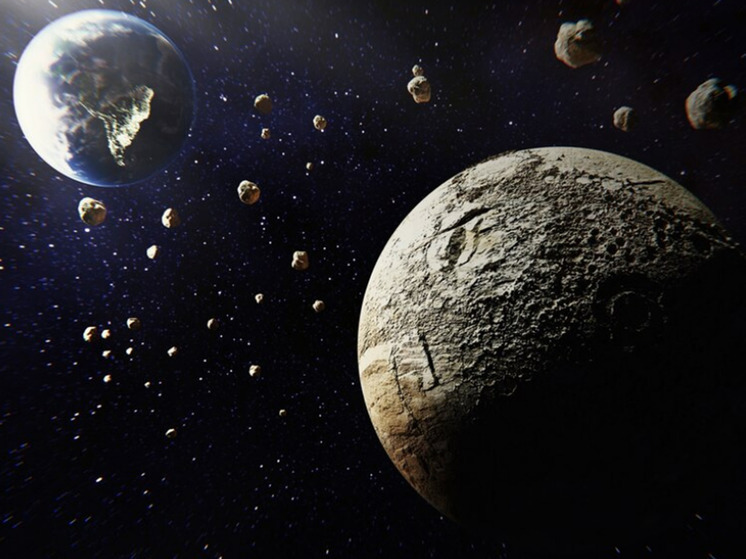
Astronomer Arthur Briot of the French National Center for Scientific Research has cast doubt on the evolution of the Moon's magnetic field by demonstrating the existence of an inner core.
Studying the internal composition of solar system objects is most effectively done using seismic data. How acoustic waves generated by earthquakes travel through and bounce off planets or moons can help scientists create a detailed map of an object's interior.
“It so happens that we have seismic data on the Moon collected by the Apollo mission, but their resolution is too low to accurately determine the state of the inner core. We know that the outer core is fluid, but what it is remains a matter of debate. Models of a solid inner core and a completely fluid core agree equally well with the available data,” Brio explained.
The team of researchers collected data from space missions and laser measurements of the distance to the Moon to profile various characteristics of the satellite, including the degree of its deformation as a result of gravitational interaction with the Earth, changes in the distance to the planet and its density.
Researchers have discovered that the lunar core is very similar to Earth's, with a liquid outer layer and a solid inner core. According to their simulations, the outer core has a radius of about 362 kilometers, and the inner core has a radius of about 258 kilometers. This is approximately 15 percent of the total radius of the Moon.
The team found that the inner core also has a density of about 7822 kilograms per cubic meter, which is very close to the density of iron.
Recall that in 2011, a team of NASA planetary scientists led by Renee Weber obtained a similar result. They found evidence of a solid inner core with a radius of about 240 kilometers and a density of about 8,000 kilograms per cubic meter.
According to Brio and his team, their results confirm earlier findings and make a fairly strong argument that the lunar core is similar to the Earth. And this has some interesting implications for the evolution of the Moon.
“We know that shortly after its formation, the Moon had a powerful magnetic field that began to weaken around 3.2 billion years ago. This magnetic field is generated by movement and convection in the core, so what the lunar core is made of has a big impact on how and why the magnetic field disappeared,” explains the French scientist.




























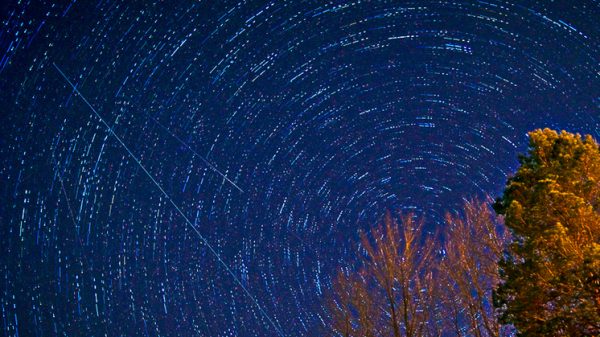
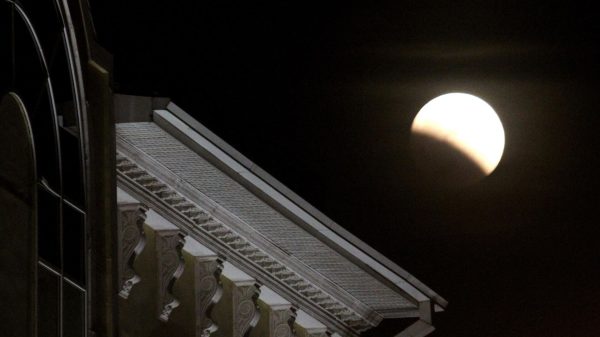

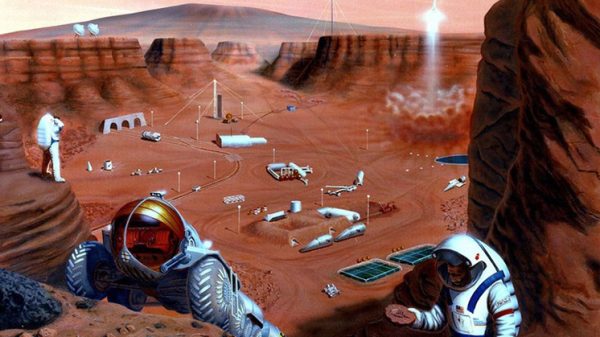



































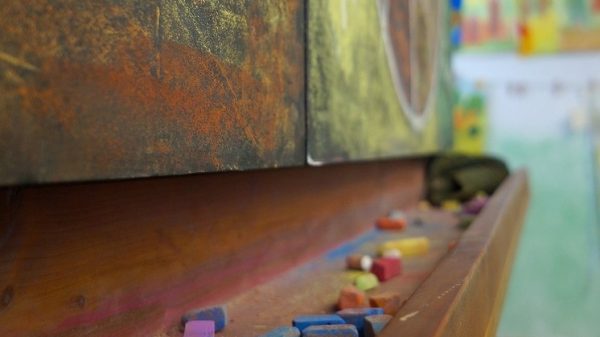
Свежие комментарии